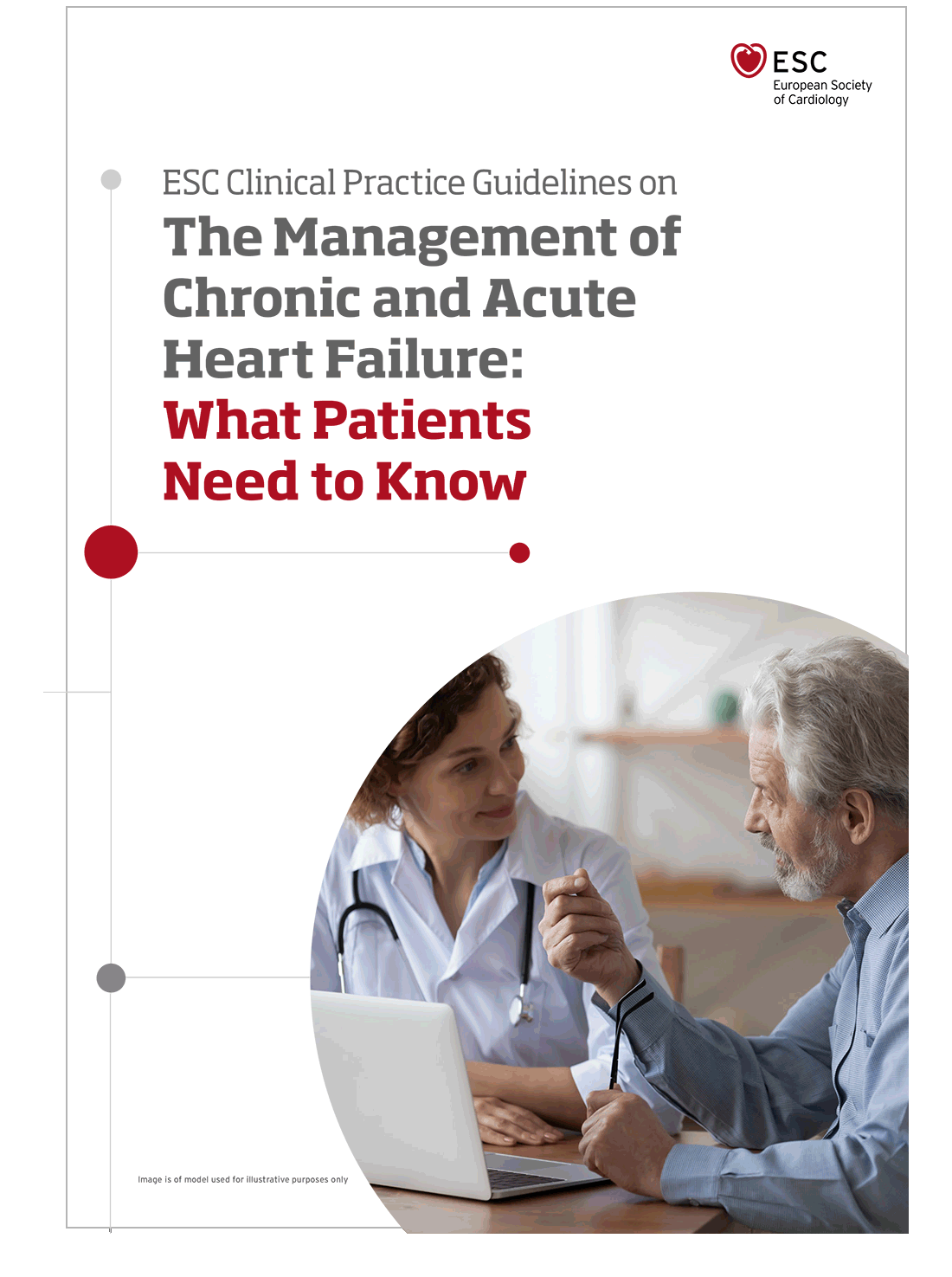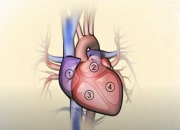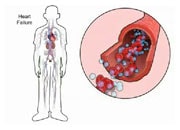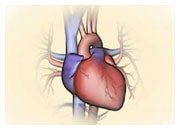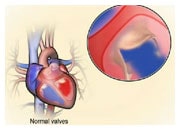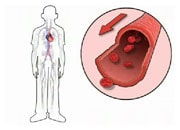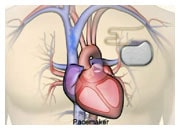What is Ejection Fraction? (HFrEF and HFpEF)
Heart failure is usually caused by an inadequate pumping by the heart. During exercise, both the heart rate and the amount of blood pumped out with each heartbeat must increase to meet the needs of exercising muscles. Reduced exercise capacity and shortness of breath occur when the delivery of blood is insufficient to satisfy the needs of the body. The ejection fraction (EF) is the percent of the blood in the main pumping chamber that is ejected with each beat. The EF can be easily estimated by echocardiography. When the EF is reduced due to an injury of the heart muscle, such as after a heart attack, the heart muscle contraction is weaker and pumping capacity is reduced. The insufficient emptying of the left ventricle, which is the main pumping chamber, also causes fluid to form in the lungs (congestion) and shortness of breath due to the heart’s inability to empty properly.
There are other causes of reduced/impaired heart function, for example where there is an abnormality in the relaxation of the ventricle even though the EF is normal.
Symptoms and signs of heart failure due to a reduced EF is termed HFrEF or heart failure with reduced EF. However, when a patient has similar symptoms and signs as in HFrEF, but they have a normal EF, the term HFpEF (heart failure with preserved ejection fraction) is used to describe the condition.
When the symptoms and signs of heart failure occur with a preserved EF, the term HFpEF or heart failure with preserved EF, is used. A normal EF is usually around 70%. An EF under 40% is considered reduced (HFrEF), and over 40% is considered a preserved EF (HFpEF). Many patients will have an EF between 40-49% which is considered mildly reduced. More recently, this mild reduction in EF has been termed HFmrEF or heart failure with a mid-range EF.
Why is the term ejection fraction important
Assessment of EF has been used in drug trials during the last decades when attention was mainly focused on patients with HFrEF. Only recently, have we recognized the frequency of heart failure symptoms due to impaired relaxation of the heart muscle (HFpEF) as opposed to reduced contraction (HFrEF). These different categories of patients usually require somewhat different drug treatment. In that most of the research on treatment has been performed on patients with HFrEF, the evidence confirming effective treatment is best for these patients and therefore treatment guideline recommendations are strongest for patients with HFrEF. However, more recently, there is great interest in research into the most effective therapy in patients with HFpEF. Currently, treatment is based on treating the individual’s symptoms.
This single and simple measurement of EF by echocardiography is a helpful tool for clinicians designing an individual management plan for patients with heart failure.

